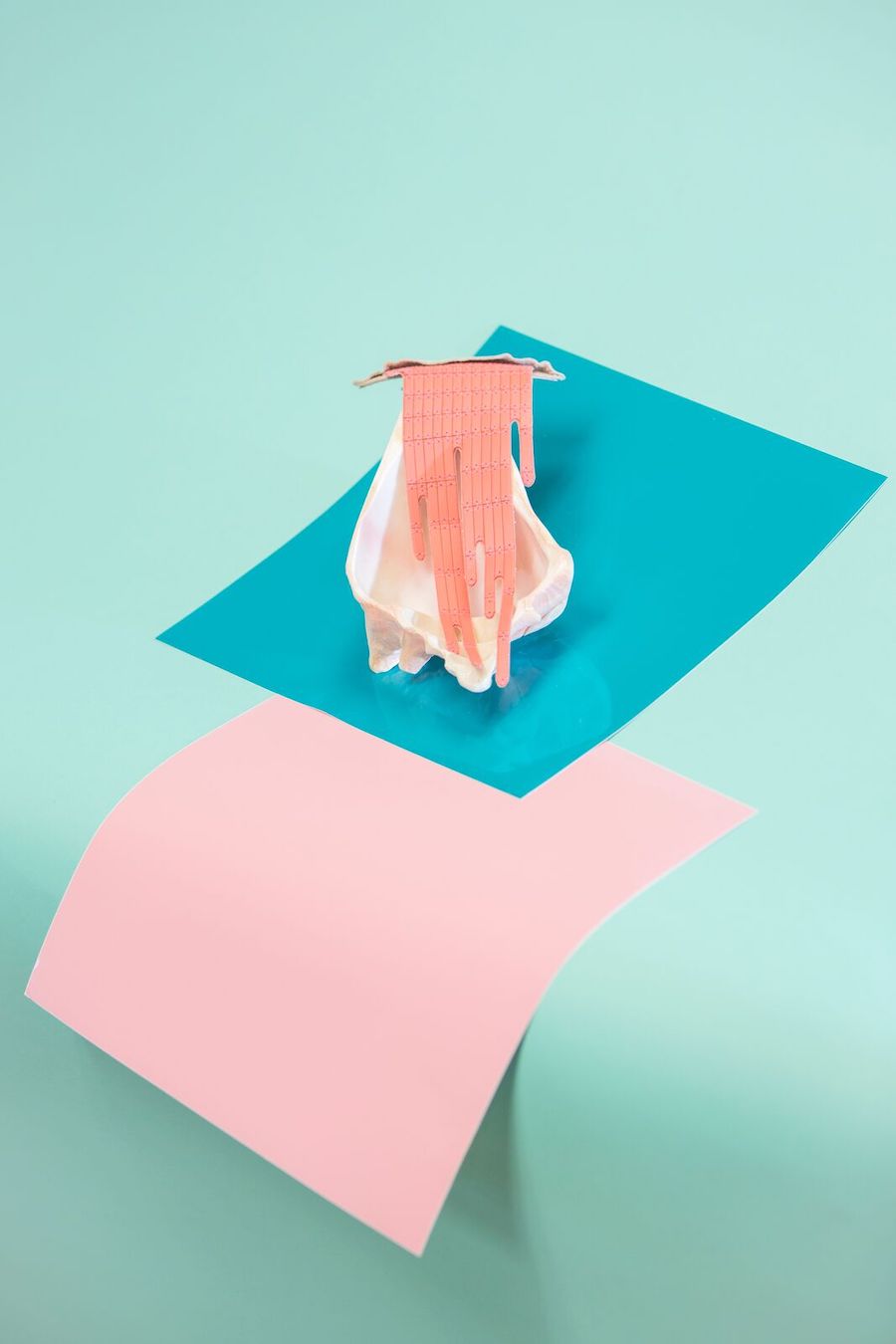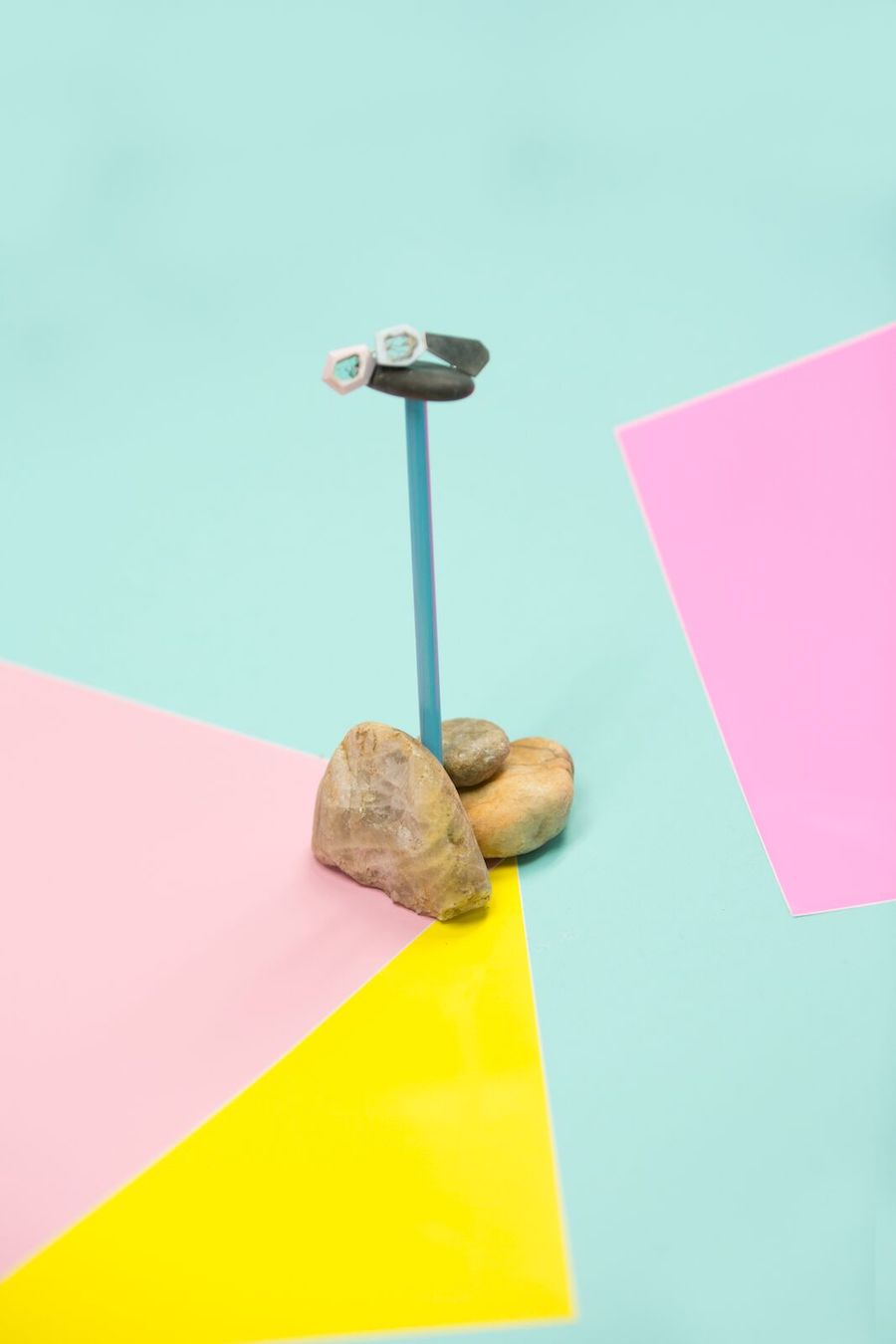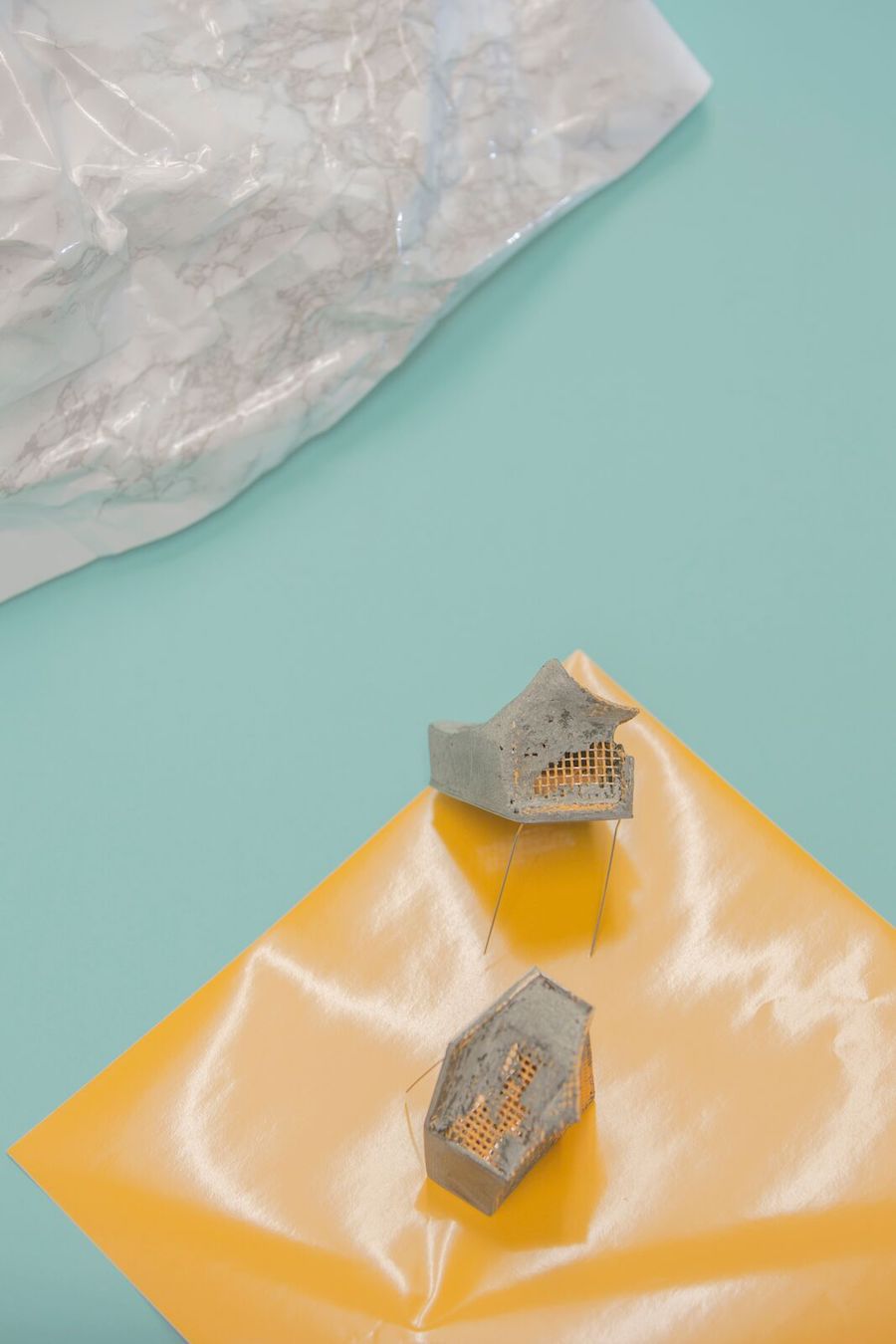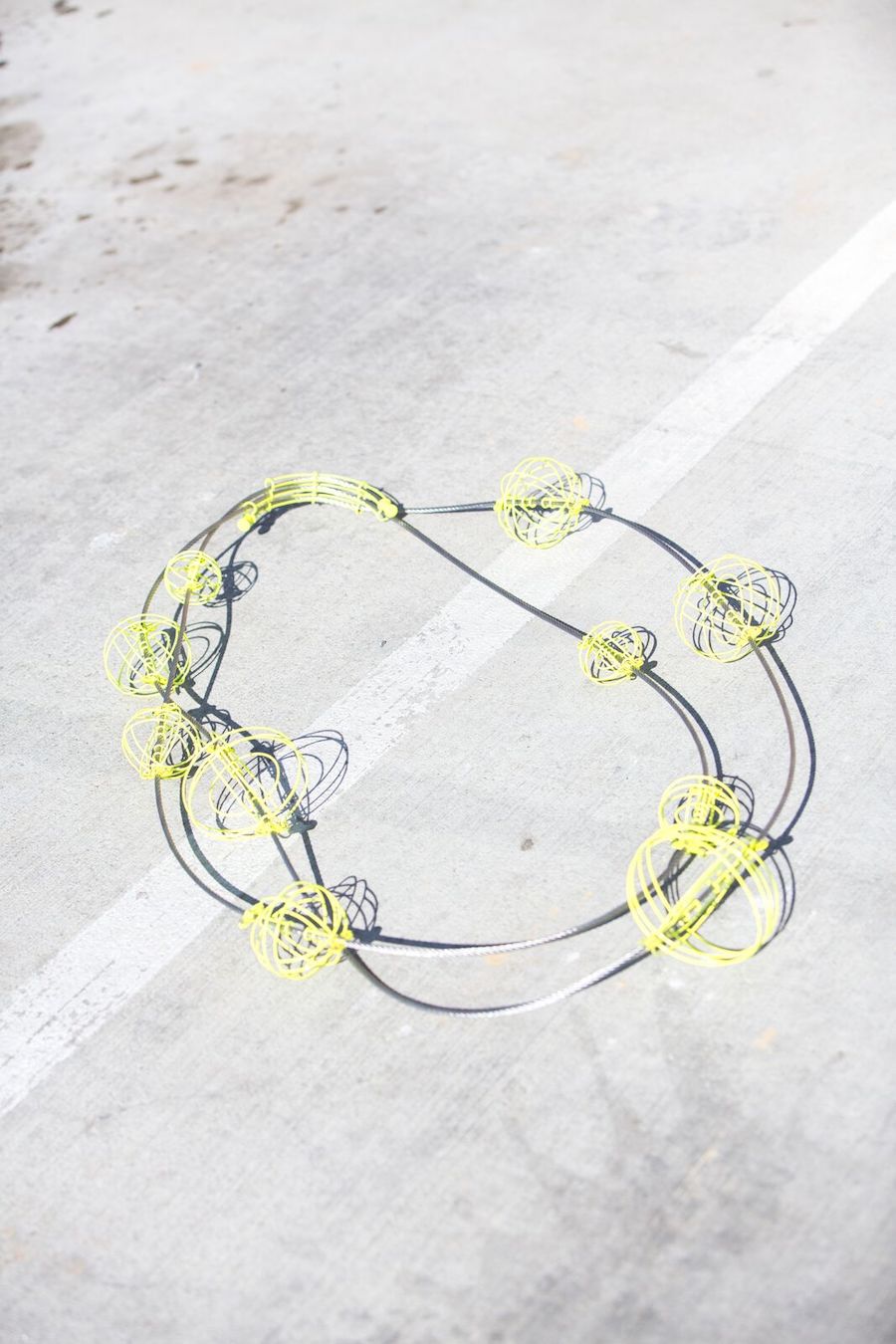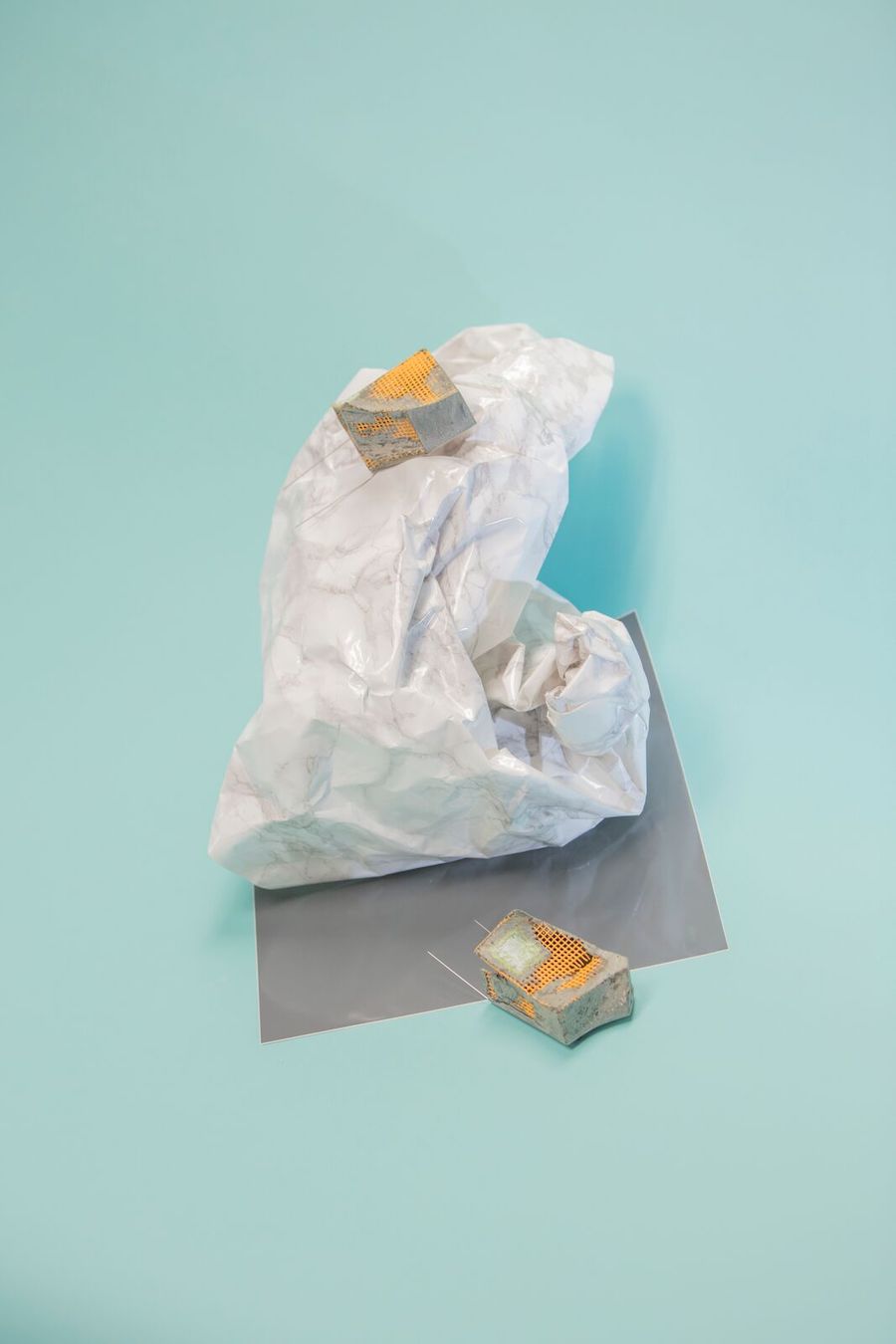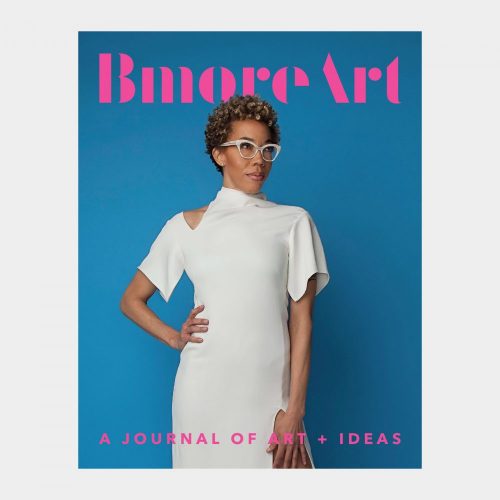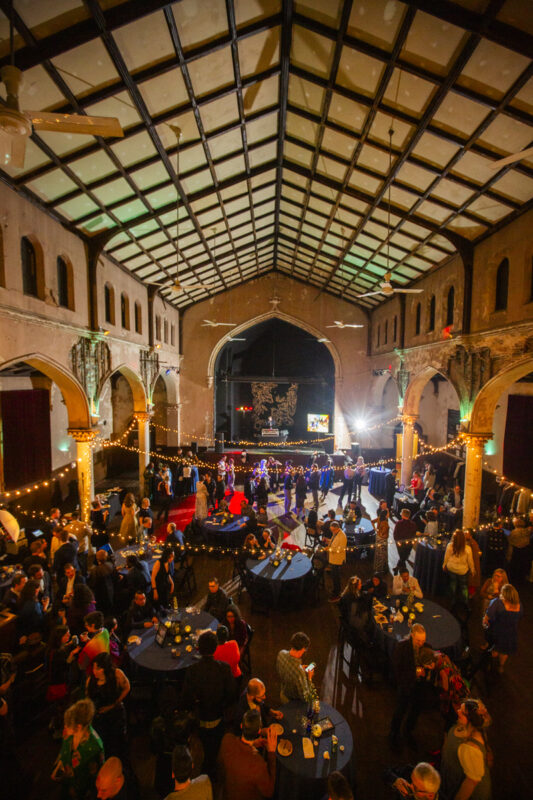Collaborative Essay + Photos by Shane Prada and Jill Fannon
My colleagues and I are called upon to define what art jewelry is far more often than, I assume, sculptors are asked to define sculpture or ceramicists to define ceramics. This is not, however, a task that feels mundane or tedious to us. While we developed the Baltimore Jewelry Center with the primary purpose of offering metalsmithing and jewelry education and studio access for artists, we were mindful of an equally important yet more nuanced responsibility that we have: that of exposing the broader public to the often-obscure field of art jewelry.
Jewelry as a personal acquisition is incredibly ubiquitous: who doesn’t own at least one piece of jewelry, whether it’s a handmade friendship bracelet or an heirloom necklace? But it’s exactly this pervasive quality of jewelry that allows it to exist as an object of white noise, often present but rarely the source of attention and interest. Furthermore, because jewelry has functioned as a social and cultural tool throughout history to mark wealth and class, it carries connotations of power, belonging, and status that can make it polarizing. Yet while the value system of commercial jewelry posits that what is expensive is precious and desirable, art jewelry presents a view and experience of jewelry that is divorced from the pedestrian themes of sameness and status.
So then, what is it, this art jewelry? As is often the case when explaining a visual art form, words can do little to epitomize the medium. Art jewelry offers an alternative form of adornment that goes beyond self-expression and experimentation to create a conversation between collector, artist, and admirer.
Art jewelry can be conventionally beautiful or grotesque, wearable in an everyday sense or laboring to convey a point, made of precious materials or trash, figurative or literal, representational or conceptual. Perhaps most distinctively, art jewelry is inherently intimate. The connection between collector and artist is more personal than that of other collector/artist relationships precisely because art jewelry is meant to be displayed on one’s body, to emerge from the wearer as an accessory to and of their daily life. And the art jewelry collector is therefore bestowed a larger job than collectors of other media: to actively carry art with them, to act as a roving gallery.
The five artists featured here exemplify some of the many idiosyncratic traits of art jewelry: Demitra Thomloudis’s work is influenced by the built environment, both in the process of construction and in its inevitable deterioration. Her pieces call to mind an unexpected joy at finding beauty where you might expect decay. Mallory Weston marries traditional jewelry techniques with textile techniques to create large-scale pieces that have the fluidity of fabric. Her work has a very contemporary feel in its exploration of pop culture symbology and tongue-in-cheek humor yet her fabrication reveals a deftness at traditional handwork.
Katja Toporski’s practice explores ambitious themes like mortality and spirituality by marrying computer-aided design and hand fabrication. Both her preferred techniques and her materials, often as disparate as porcelain and broken cell phone touch screens, imply a sense of tension that is resolved through the quiet tones and planar compositions of her work. Elaine Zukowski finds inspiration in the cellular structure of plants and in historic ornamentation. Her jewelry presents organic shapes and forms in a way that speaks to an idealized version of nature. Her work imparts a feeling on the wearer of living in an uncultivated environment. Amy Klainer is interested in connections, both physical and interpersonal, and looks to public utility systems for inspiration. Her work recalls power lines and industrial steel structures, yet these sterile forms are rendered playful and vibrant in her work.
Jill Fannon took the works by these five artists and transformed them into new artwork, clever and compelling compositions that present each piece of jewelry as a work to be admired separate from its role as adornment. These still lifes encourage the viewer to consider the duality of art jewelry, to question how the pieces can exist both as jewelry and as evocative objects. Art jewelry is jewelry that pushes convention, jewelry that doesn’t play by a standard rulebook. Jill has captured that in her images and revealed the potential art jewelry has to delight us and to disarm us and to make us question what makes a wearable object beautiful.
 Mallory Weston
Mallory Weston
 Mallory Weston
Mallory Weston
 Mallory Weston
Mallory Weston
 Elaine Zukowski
Elaine Zukowski
 Katja Toporski
Katja Toporski
 Amy Klainer
Amy Klainer

Mallory Weston
Editor’s Note: This Essay and Photo Essay was originally published in The BmoreArt Journal of Art + Ideas: Issue 05 Beauty.
Photos: Jill Fannon (whose husband served as occasional jewelry hand and foot model)
This content was collaboratively produced and curated/ written by Shane Prada, Director of the Baltimore Jewelry Center, and conceived with Jill Fannon, photographer, Cara Ober, Editor, and Tony Venne, Graphic Designer.
Top Image: Demitra Thomloudis



